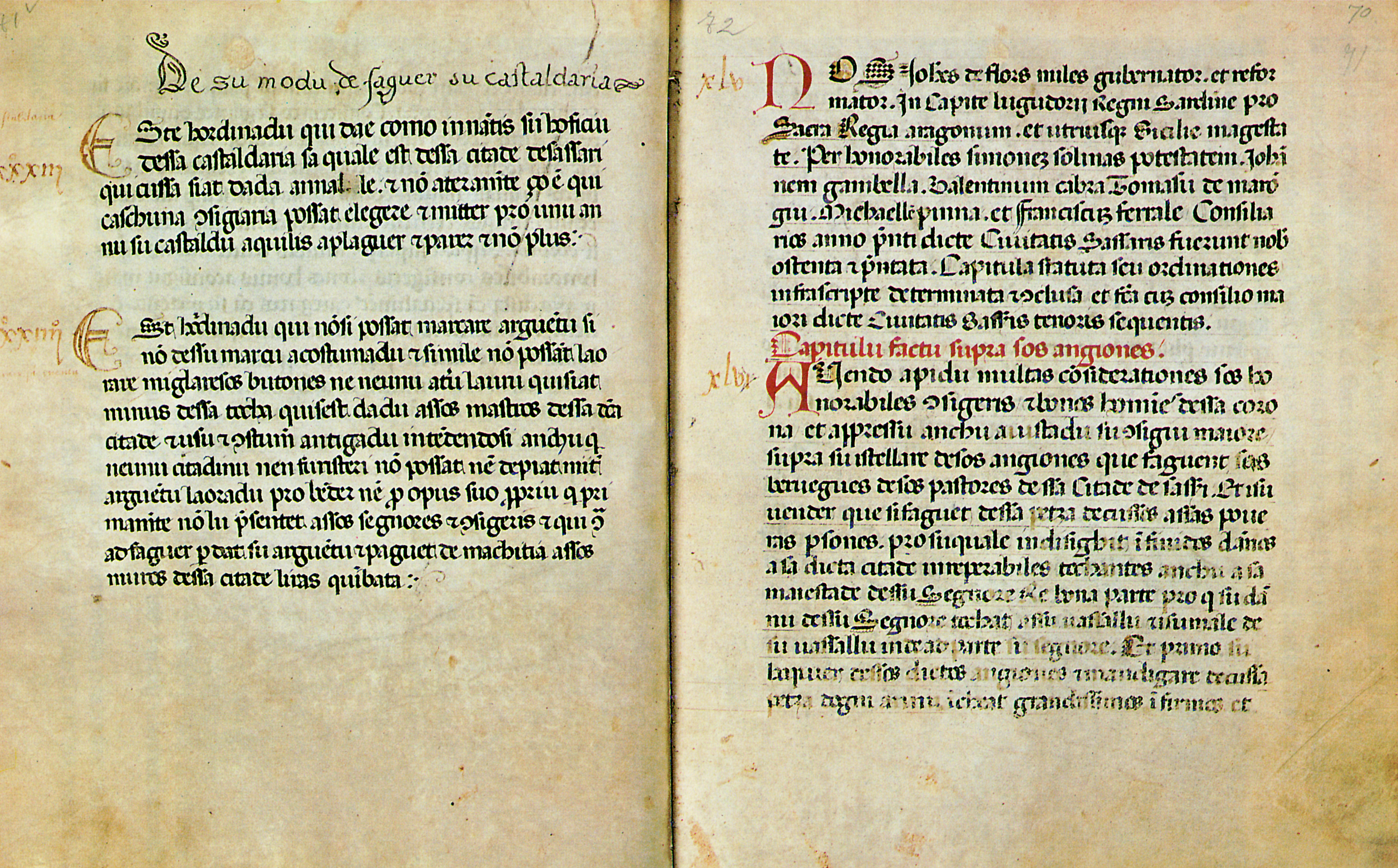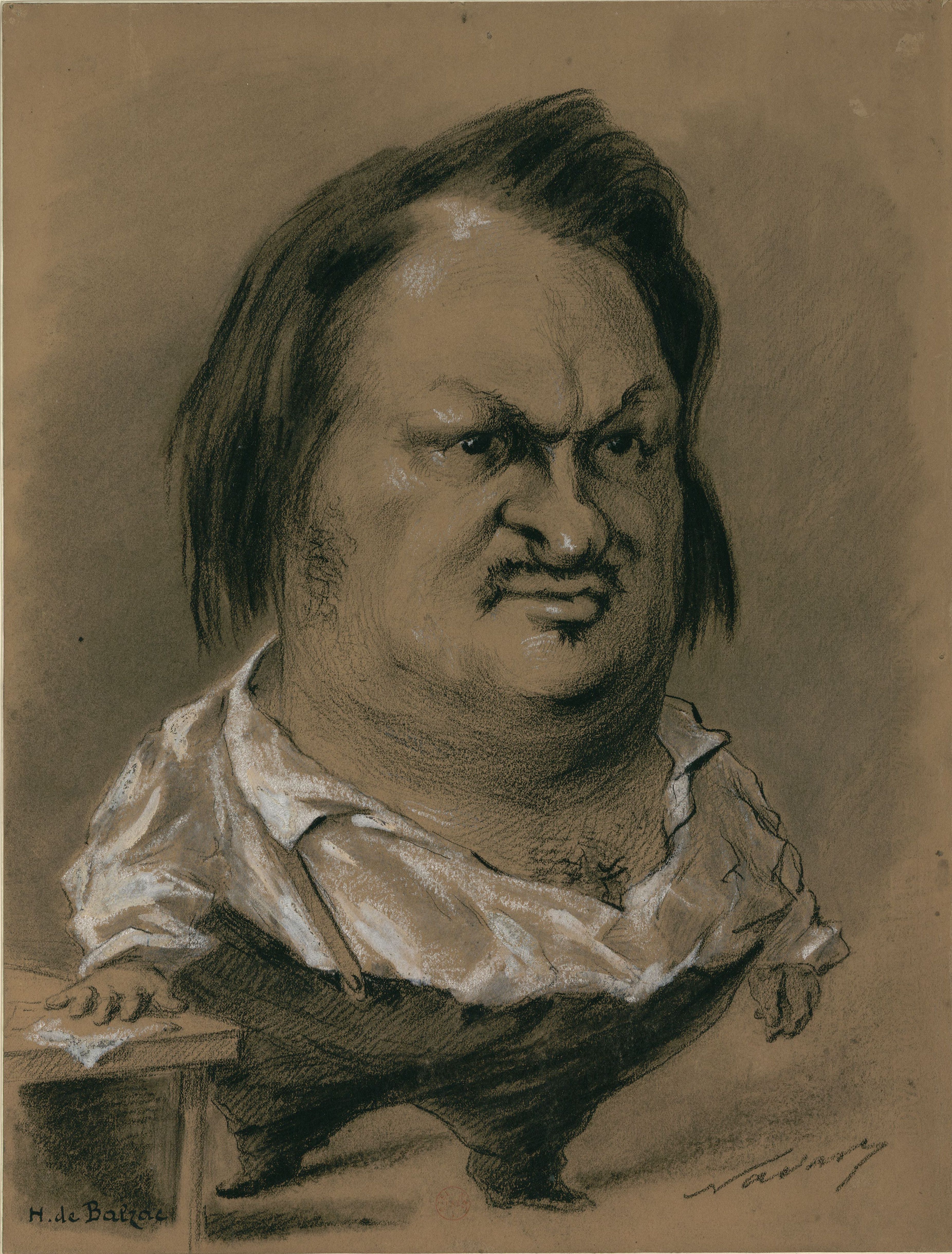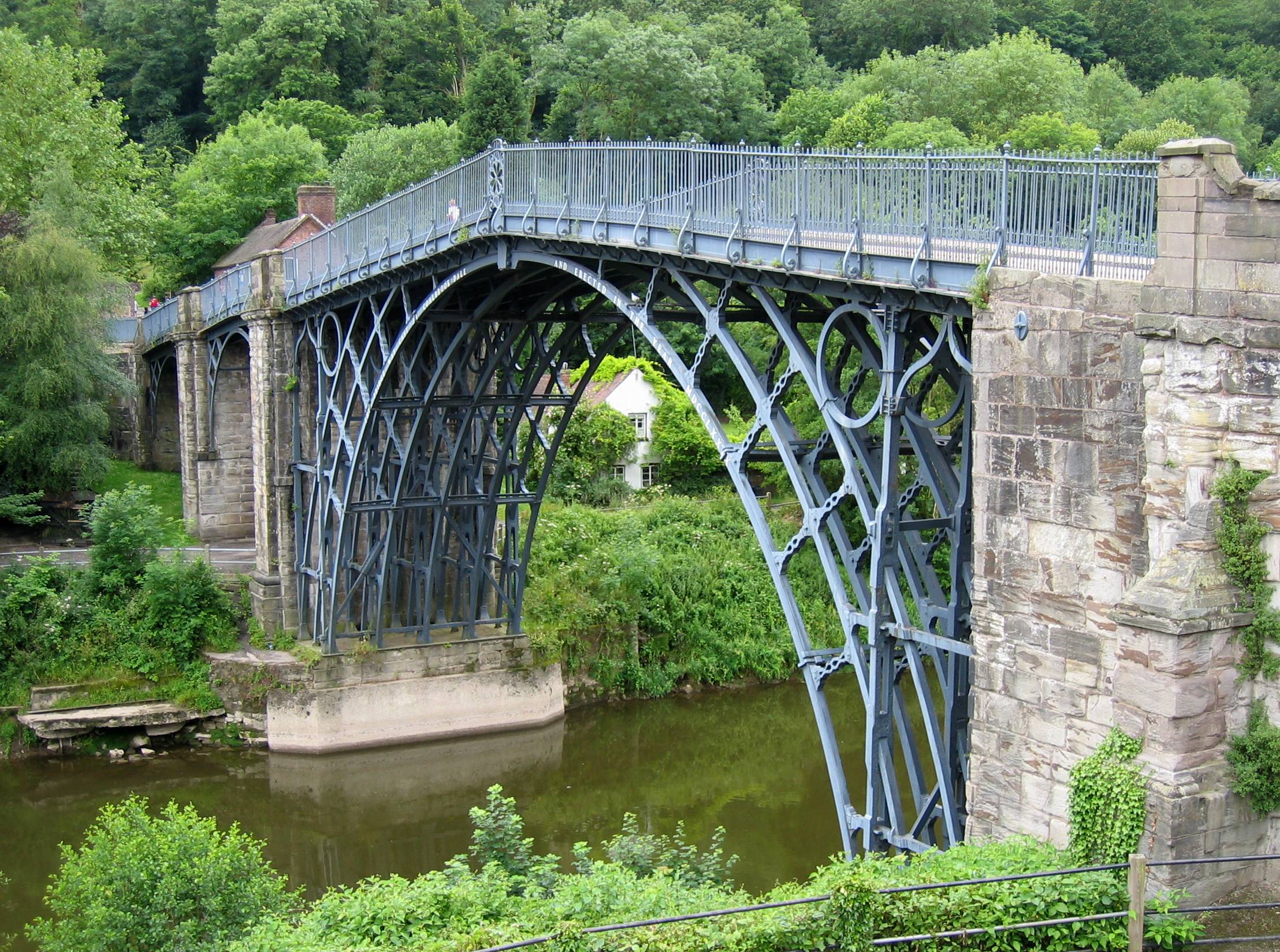|
Argentiera
Argentiera is a small town and a frazione (hamlet) in the comune of Sassari, in Sardinia, Italy. It is located 43 km west from Sassari, in a narrow valley, on the coast of the Sardinian Sea. History Argentiera is a former mining town, its name comes from the Latin ''argento'', meaning silver. The mine had been exploited since the ancient era, beginning with the Romans. It was reopened in the 19th century by "Società di Corr'e boi", a Belgian mining company. The French writer Honoré de Balzac, visited the village in 1838. The most florid period for the mining village was the 1940s. The town declined after World War II, and the mine was closed in 1963. Today the town is the home of a few small businesses who get most of their income from tourism. It is one of the most important examples of industrial archaeology in Sardinia, it is included in the Geological-Mining Park of Sardinia and preserved by UNESCO The United Nations Educational, Scientific and Cultural Org ... [...More Info...] [...Related Items...] OR: [Wikipedia] [Google] [Baidu] |
Sassari
Sassari ( ; ; ; ) is an Italian city and the second-largest of Sardinia in terms of population with 120,497 inhabitants as of 2025, and a functional urban area of about 260,000 inhabitants. One of the oldest cities on the island, it contains a considerable collection of art. Since its origins at the turn of the 12th century, Sassari has been ruled by the Giudicato of Torres, the Pisans, as an independent republic in alliance with Republic of Genoa, Genoa, by the Crown of Aragon, Aragonese and the Spain, Spanish, all of whom have contributed to Sassari's historical and artistic heritage. Sassari is a city rich in art, culture and history, and is well known for its palazzo, palazzi, the Fountain of the Rosello, and its elegant neoclassical architecture, such as Piazza d'Italia (Italy Square) and the Teatro Civico (Civic Theatre). As Sardinia's second most populated city, it has a considerable amount of cultural, touristic, commercial and political importance in the island. The ... [...More Info...] [...Related Items...] OR: [Wikipedia] [Google] [Baidu] |
Sardinia
Sardinia ( ; ; ) is the Mediterranean islands#By area, second-largest island in the Mediterranean Sea, after Sicily, and one of the Regions of Italy, twenty regions of Italy. It is located west of the Italian Peninsula, north of Tunisia and 16.45 km south of the French island of Corsica. It has over 1.5 million inhabitants as of 2025. It is one of the five Italian regions with some degree of Autonomous administrative division, domestic autonomy being granted by a Regions of Italy#Autonomous regions with special statute, special statute. Its official name, Autonomous Region of Sardinia, is bilingual in Italian language, Italian and Sardinian language, Sardinian: / . It is divided into four provinces of Italy, provinces and a Metropolitan cities of Italy, metropolitan city. Its capital (and largest city) is Cagliari. Sardinia's indigenous language and Algherese dialect, Algherese Catalan language, Catalan are referred to by both the regional and national law as two of ... [...More Info...] [...Related Items...] OR: [Wikipedia] [Google] [Baidu] |
Frazione
A ''frazione'' (: ''frazioni'') is a type of subdivision of a ''comune'' ('municipality') in Italy, often a small village or hamlet outside the main town. Most ''frazioni'' were created during the Fascist era (1922–1943) as a way to consolidate territorial subdivisions in the country. In the autonomous region of the Aosta Valley, a ''frazione'' is officially called ''hameau'' in French. In South Tyrol, a ''frazione'' is called ''Fraktion'' in German and ''frazion'' in Ladin. Description The term ''frazioni'' refers to the villages or hamlets that often make up a ''comune'' in rural Italian areas. Subdivision of a ''comune'' is optional; some ''comuni'' have no ''frazioni'', but others have several dozen. The ''comune'' usually has the same name of the '' capoluogo'', but not always, in which case it is called a ''comune sparso''. In practice, most ''frazioni'' are small villages or hamlets, occasionally just a clump of houses. Not every hamlet is classified as a ''frazione ... [...More Info...] [...Related Items...] OR: [Wikipedia] [Google] [Baidu] |
Comune
A (; : , ) is an administrative division of Italy, roughly equivalent to a township or municipality. It is the third-level administrative division of Italy, after regions () and provinces (). The can also have the City status in Italy, title of (). Formed according to the principles consolidated in Medieval commune, medieval municipalities, the is provided for by article 114 of the Constitution of Italy. It can be divided into , which in turn may have limited power due to special elective assemblies. In the autonomous region of the Aosta Valley, a is officially called a in French. Overview The provides essential public services: Civil registry, registry of births and deaths, registry of deeds, and maintenance of local roads and public works. Many have a (), which is responsible for public order duties. The also deal with the definition and compliance with the (), a document that regulates the building activity within the communal area. All communal structures ... [...More Info...] [...Related Items...] OR: [Wikipedia] [Google] [Baidu] |
Italy
Italy, officially the Italian Republic, is a country in Southern Europe, Southern and Western Europe, Western Europe. It consists of Italian Peninsula, a peninsula that extends into the Mediterranean Sea, with the Alps on its northern land border, as well as List of islands of Italy, nearly 800 islands, notably Sicily and Sardinia. Italy shares land borders with France to the west; Switzerland and Austria to the north; Slovenia to the east; and the two enclaves of Vatican City and San Marino. It is the List of European countries by area, tenth-largest country in Europe by area, covering , and the third-most populous member state of the European Union, with nearly 59 million inhabitants. Italy's capital and List of cities in Italy, largest city is Rome; other major cities include Milan, Naples, Turin, Palermo, Bologna, Florence, Genoa, and Venice. The history of Italy goes back to numerous List of ancient peoples of Italy, Italic peoples—notably including the ancient Romans, ... [...More Info...] [...Related Items...] OR: [Wikipedia] [Google] [Baidu] |
Sardinian Sea
The Sea of Sardinia is a body of water in the Mediterranean Sea between the Spanish archipelago of Balearic Islands and the Italian island of Sardinia. The deepest point is at some 3,000 m, some 150 km south-east of the island of Menorca. Recognition The International Hydrographic Organization defines the area as generic Mediterranean Sea, in the Western Basin. It does not recognize the label 'Sea of Sardinia'. See also * Balearic Sea The Balearic Sea ( endotoponym: ''Mar Balear'' in Catalan and Spanish) also known as Iberian Sea, is a body of water in the Mediterranean Sea between the Balearic Islands and mainland Spain. The Ebro River flows into this small sea. Islands a ... Notes {{coord, 40, 00, N, 6, 00, E, type:waterbody_source:kolossus-frwiki, display=title Sardinian Landforms of Sardinia Seas of Italy ... [...More Info...] [...Related Items...] OR: [Wikipedia] [Google] [Baidu] |
Ancient Rome
In modern historiography, ancient Rome is the Roman people, Roman civilisation from the founding of Rome, founding of the Italian city of Rome in the 8th century BC to the Fall of the Western Roman Empire, collapse of the Western Roman Empire in the 5th century AD. It encompasses the Roman Kingdom (753–509 BC), the Roman Republic (50927 BC), and the Roman Empire (27 BC476 AD) until the fall of the western empire. Ancient Rome began as an Italic peoples, Italic settlement, traditionally dated to 753 BC, beside the River Tiber in the Italian peninsula. The settlement grew into the city and polity of Rome, and came to control its neighbours through a combination of treaties and military strength. It eventually controlled the Italian Peninsula, assimilating the Greece, Greek culture of southern Italy (Magna Graecia) and the Etruscans, Etruscan culture, and then became the dominant power in the Mediterranean region and parts of Europe. At its hei ... [...More Info...] [...Related Items...] OR: [Wikipedia] [Google] [Baidu] |
Honoré De Balzac
Honoré de Balzac ( , more commonly ; ; born Honoré Balzac; 20 May 1799 – 18 August 1850) was a French novelist and playwright. The novel sequence ''La Comédie humaine'', which presents a panorama of post-Napoleonic French life, is generally viewed as his ''Masterpiece, magnum opus''. Owing to his keen observation of detail and unfiltered representation of society, Balzac is regarded as one of the founders of Literary realism, realism in European literature. He is renowned for his multi-faceted characters; even his lesser characters are complex, morally ambiguous and fully human. Inanimate objects are imbued with character as well; the city of Paris, a backdrop for much of his writing, takes on many human qualities. His writing influenced many famous writers, including the novelists Émile Zola, Charles Dickens, Marcel Proust, Gustave Flaubert, and Henry James, and filmmakers François Truffaut and Jacques Rivette. Many of Balzac's works have been made into films an ... [...More Info...] [...Related Items...] OR: [Wikipedia] [Google] [Baidu] |
Industrial Archaeology
Industrial archaeology (IA) is the systematic study of material evidence associated with the Industry (manufacturing), industrial past. This evidence, collectively referred to as industrial heritage, includes buildings, machinery, artifacts, sites, infrastructure, documents and other items associated with the production, manufacture, extraction, transport or construction of a product or range of products. The field of industrial archaeology incorporates a range of disciplines including archaeology, architecture, construction, engineering, historic preservation, museology, technology, urban planning and other specialties, in order to piece together the history of past industrial activities. The scientific interpretation of material evidence is often necessary, as the written record of many industrial techniques is often incomplete or nonexistent. Industrial archaeology includes both the examination of standing structures and sites that must be studied by an Excavation (archaeology ... [...More Info...] [...Related Items...] OR: [Wikipedia] [Google] [Baidu] |
UNESCO
The United Nations Educational, Scientific and Cultural Organization (UNESCO ) is a List of specialized agencies of the United Nations, specialized agency of the United Nations (UN) with the aim of promoting world peace and International security, security through international cooperation in education, arts, sciences and culture. It has 194 Member states of UNESCO, member states and 12 associate members, as well as partners in the Non-governmental organization, non-governmental, Intergovernmental organization, intergovernmental and private sector. Headquartered in Paris, France, UNESCO has 53 regional field offices and 199 National Commissions for UNESCO, national commissions. UNESCO was founded in 1945 as the successor to the League of Nations' International Committee on Intellectual Cooperation.English summary). UNESCO's founding mission, which was shaped by the events of World War II, is to advance peace, sustainable development and human rights by facilitating collaboratio ... [...More Info...] [...Related Items...] OR: [Wikipedia] [Google] [Baidu] |




